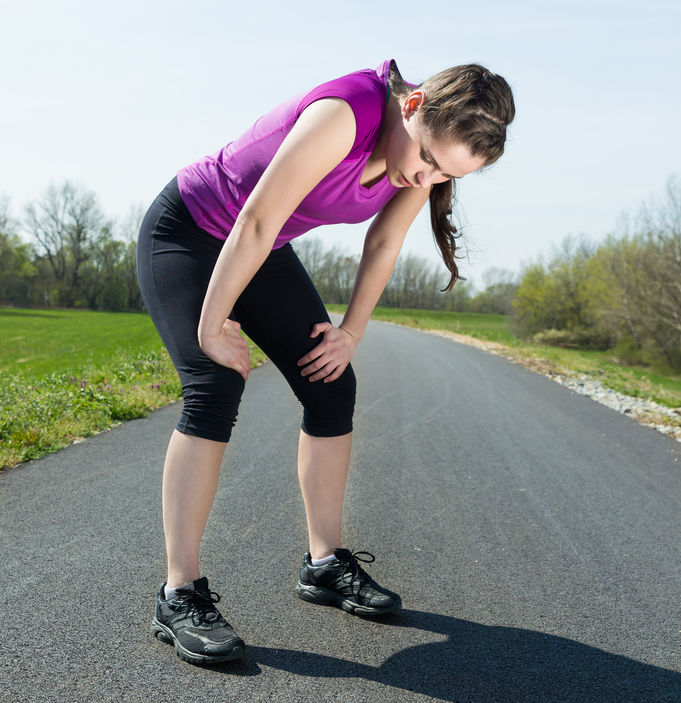Note that your final mark will not be saved in the system.
*1.1.c. Energy for exercise Typeit
Type the correct answers into the spaces. Fill all the spaces before clicking ‘Check Answers!’

At the onset of exercise, whether that be low- or high-intensity, there is a lag in delivery to the muscle and/or inertia of the mitochondria to carry out aerobic respiration, which inhibits resynthesis of via this pathway for the first ~2–5 minutes. This appears as the oxygen , which must be repaid in equal quantity during the recovery process. Most of us have experienced the acute increase in ventilation that occurs as soon as we finish exercise. This is a practical example of how (EPOC) aims to restore the oxygen deficit accumulated at the beginning of exercise which has starved the muscles of oxygen.
The overarching role of EPOC is to return the body to its pre-exercise state. It does this through two components:
- component: This is concerned with the survivalist instinct of replenishing the oxygen content of in the blood (oxygen saturation), and the oxygen content of (the oxygen-binding pigment in the muscle). Additionally, adenosine triphosphate (ATP) and phosphocreatine (PC) – the components of the ATP-PC system that provide the most rapid release of energy for muscle contraction – are resynthesised. This involves the reverse of the reaction which breaks down PC in the first place: this time combines with phosphate (P) and the free energy from aerobic respiration to replenish ATP, while + P + free energy → PCr. Even when fully depleted, PC stores are usually restored to 50% complete within 30 seconds post-exercise, making an almost full recovery within ~3–4 minutes.
- component: The processes in this component ensure an elevated ventilation, blood circulation and body for an extended period of time post-exercise. The elevation of these systems can take up to ~60 mins until the body returns to homeostasis. These processes help remove the from the muscle and the blood which is produced as a by-product in anaerobic glycolysis. As well as being removed, lactate can also be utilised by the body as a fuel source. When lactate is transported to the liver, gluconeogenesis occurs in the liver which converts it to for storage. This process is known as the Cori cycle, named after the two brothers who discovered it.
Effect of exercise intensity on EPOC and implications of the recovery process:
In general, exercise that is higher in intensity and/or longer in duration necessitates a greater length of . This can have many implications for planning exercise to strike the balance between maximising adaptation and avoiding a compromise in exercise intensity. The length of time that should be allowed between exercise sessions should take into account the intensity and duration of exercise (i.e. the energy systems that have been stressed and the amount, source and by-products of the fuel used). Recovery can also be applied to the rest periods of intermittent exercise, by finding the optimum amount of time between work bouts that ensures adaptations are still taking place while exercise intensity in the latter bouts is maintained.